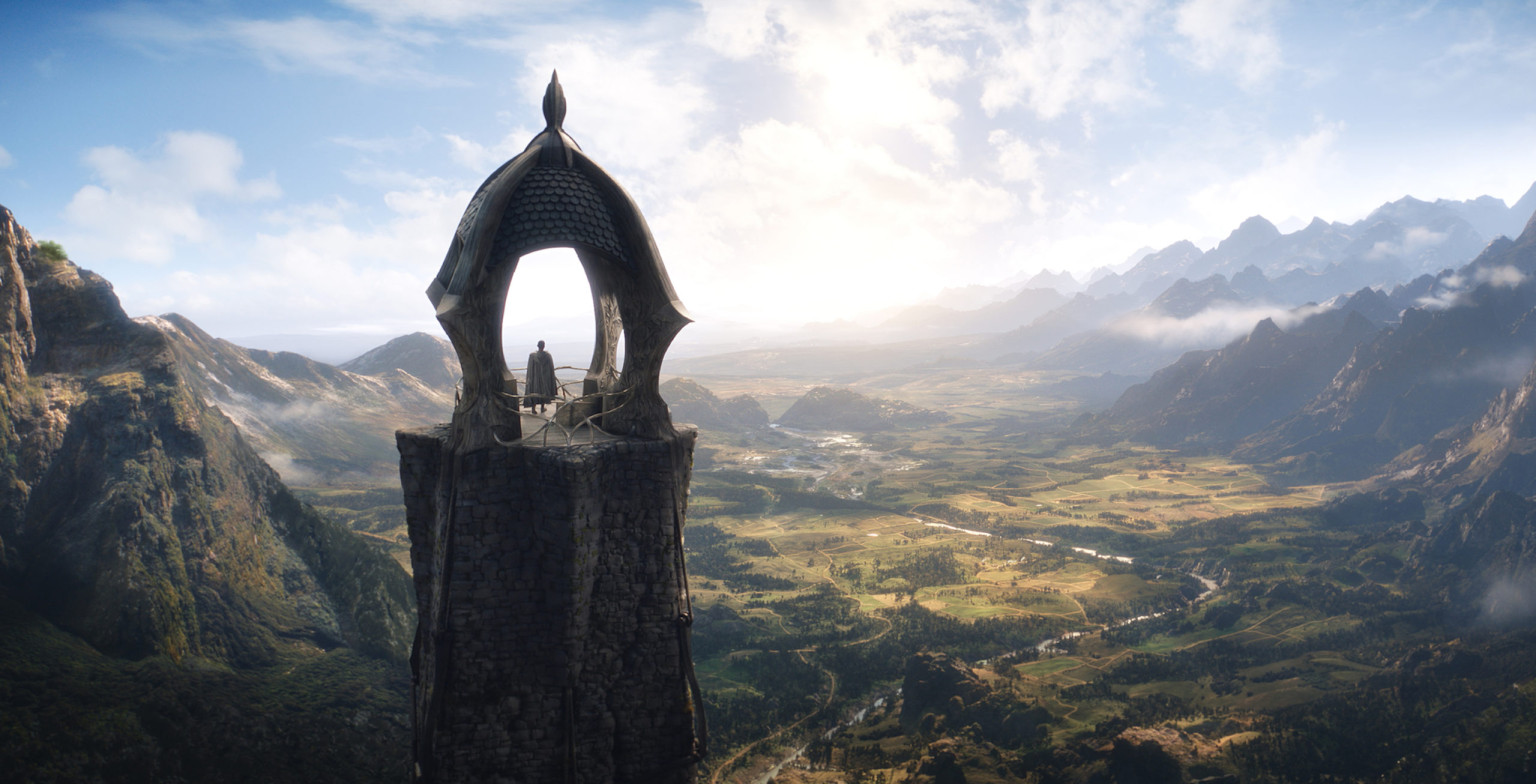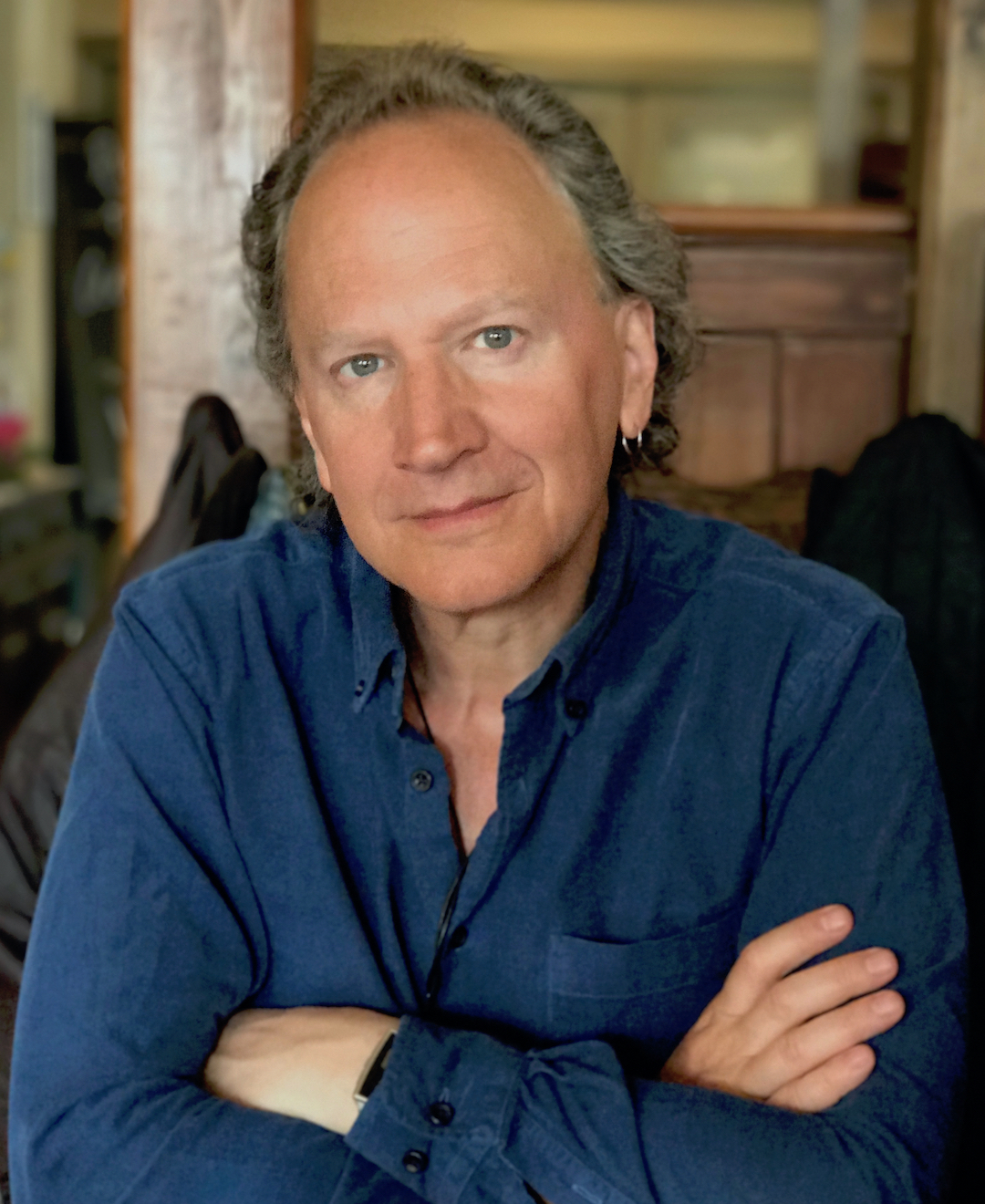Is 8K Ready for Primetime?
Skepticism remains high for the consumer market

LONDON—No sooner than broadcasters began transmitting HD programming in earnest, it felt as if equipment manufacturers began trumpeting the benefits of 8K – 16 times the resolution of HD.
Although that’s a bit of an exaggeration, Japan’s NHK, who started the R&D work on their Super Hi-Vision system in 1995, first screened 8K video in 2005, only one year after the launch of the first HD channel in Europe. For several years a decade ago, the network demo-ed SHV on giant displays in specially-designed stands at the NAB Show and IBC.
The first public showcase of the technology was a collaboration between NHK and the BBC to transmit the opening ceremony and selected events from the London 2012 Summer Olympics to giant screens in Broadcasting House in London, Pacific Quay in Glasgow, and the National Media Museum in Bradford.
Responses to the presentation were very positive with audience members remarking on the sense of intimacy created through seeing the athletes at that size and level of detail. More than one person remarked that being close enough to read the emotion on the faces of the participants made what is usually the most boring part of the ceremony—the entrance of the athletes—into the most moving part of the entire event.
The Current State
Ten years on, where does 8K sit in the media landscape?
Firstly, it now shares the acronym UHD (Ultra High Definition) with 4K. Its approach to dynamic range has been given its own acronym HDR (High Dynamic Range) and is also applied to HD, 4K, and still photography.
It has its own industry body—the 8K Association, who have defined basic specs for what an 8K TV should offer, including: 7,680 x 4,320 pixel resolution; input frame rates of 24p, 30p, 60p; more than 600 nits peak brightness; HEVC support; and HDMI 2.1.
Get the TV Tech Newsletter
The professional video industry's #1 source for news, trends and product and tech information. Sign up below.
When the 2012 London Olympic project was undertaken, there were only three 8K cameras in the entire world. Now there are good 8K cameras available for under $7,000, and 8K TVs for under $2,000; even smartphones now boast 8K capabilities.
There have been a few 8K projects in the broadcasting world, mostly focussed on sports production, but adoption has not been huge.
In early 2020, BT Sport and Samsung screened the UK’s first public live 8K sports broadcast, with a presentation of a match between Arsenal and Olympiacos which was made available in 8K to select fans inside Arsenal’s Emirates stadium.
This was followed by a transmission of a Premiership Rugby match sent live in 8K to selected homes. The game was produced entirely remotely allowing BT Sport to explore OB and production workflows for future live 8K broadcasts.
NHK launched BS8K, an 8K satellite television service in 2018 and produced about 200 hours of 8K video during the Summer Olympics in Tokyo.
As a Broadcast Format
The challenge facing proponents of 8K is consumer adoption. Market research firm Omdia anticipates that just 2.7 million households worldwide are expected to have an 8K TV by the end of 2026. According to the firm, shipments of 8K TVs only accounted for 0.15% of all TV shipments in 2021. The CTA forecasts 479,000 8K-capable TV sets in the US by 2023—out of an overall market of 38 million sets—that’s a market penetration of only 1.26%.

The logistics of transmission are a significant obstacle to 8K becoming a broadcast format. The HEVC 8K codec used for the Tokyo Olympics required a bitrate of 85 Mpbs. Advances in the efficiency of the coding algorithm allowed a bitrate of 40 Mbps for an 8K trial at the 2019 French Open.
Putting these numbers in perspective: the transmission bitrate of terrestrial broadcast HD channels averages around 6 Mbps—from as low as 1.1 and bursting up to 11.0 Mbps. To deliver equivalent quality for a 4K broadcast, a bitrate of 9 Mbps is needed. 8K requires a significant leap up to 48 Mbps, which is 8 Mbps greater than the entire bitrate available in the UK’s HD multiplex, which currently carries 9 HD and two SD channels.
In a world in which over-the-air bandwidth is scarce and the subject of intense competition for access, it is turning out to be difficult to create a business case that justifies replacing 11 channels with one to service only 1.26% of the market.
In Production
Although the uptake of 8K as a consumer format has been slow, the technology has been making inroads as a production tool.
Panasonic sells what it calls an 8K “Region of Interest” camera that can be configured to output 4 HD video feeds that can be panned, tilted, and zoomed via software. The system allows up to eight of the cameras to be linked in a single integrated system, effectively creating 32 virtual HD camera positions.

8K LED walls are starting to replace the use of green screens in feature productions like Disney’s “The Mandalorian.” This approach allows the actors to actually see and interact with the CGI environment in real time. This approach can be simpler to light than green screen sets, easier and more flexible to shoot, and can lead to cost savings.
In the Future
In a futuristic twist, the first 8K console game for the PS5 has been released, but only the console’s processor can see it in that resolution.
Shin’en’s “Touryst” was released for the PS5 in an 8K version last year, however PS5 doesn’t currently support 8K output for games, and has to render it internally at 8K and then downscale the output to 4K. Sony has promised to enable 8K output in a future update, but has not named a date for that to happen.
Seventeen years after its first appearance, the jury is still out on 8K as a consumer format. It could end up being a non-starter like 3DTV, or it might follow the path of other repurposed consumer products like Betamax and MiniDisc as a useful production tool. As William Gibson wrote, “the street finds its own uses for things.”
As well as being a music producer and composer, John Maxwell Hobbs is CEO of music technology startup Delic, media consultant and the former Head of Technology at BBC Scotland.

